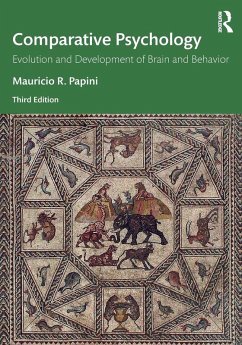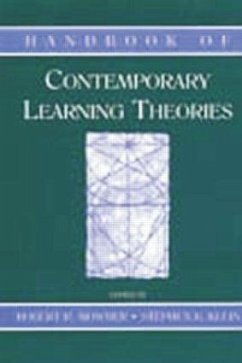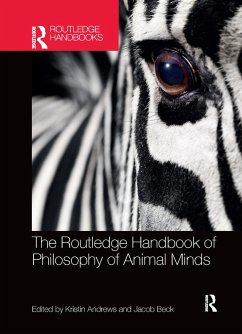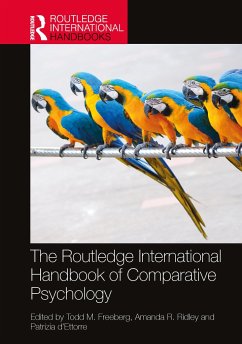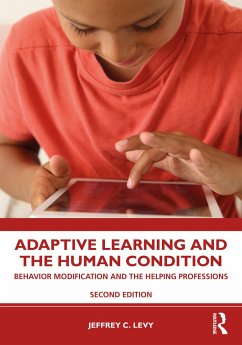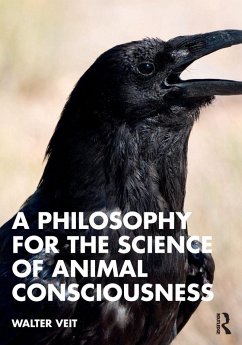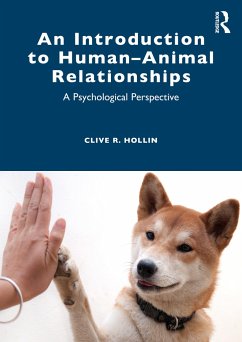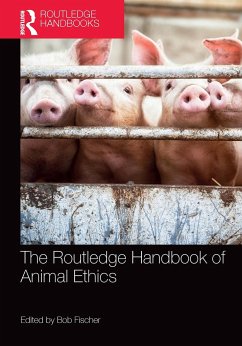Nicht lieferbar
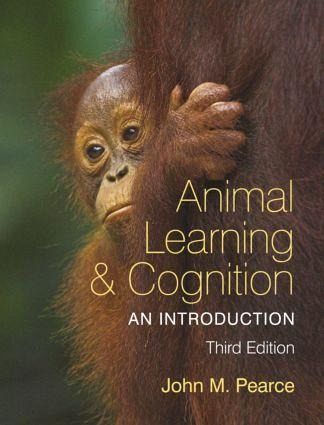
John M. Pearce (UK University of Cardiff)
Broschiertes Buch
Animal Learning and Cognition
An Introduction
Versandkostenfrei!
Nicht lieferbar




Provides an up to date review of the principal findings from more than a century of research into animal intelligence. This new edition has been expanded to take account of the many exciting developments that have occurred in the last ten years.
John Pearce gained a B.Sc in Psychology from the University of Leeds, and a D. Phil in Experimental Psychology from the University of Sussex. After conducting research at the Universities of York and Cambridge he moved to a lectureship in the Department of Psychology at Cardiff University in 1980, where he is now Professor of Psychology. He was elected as a Fellow of the Royal Society in 2006.
Produktdetails
- Verlag: Taylor & Francis Ltd
- 3 ed
- Seitenzahl: 432
- Erscheinungstermin: 7. Februar 2008
- Englisch
- Abmessung: 244mm x 188mm x 20mm
- Gewicht: 1128g
- ISBN-13: 9781841696560
- ISBN-10: 1841696560
- Artikelnr.: 24716199
Herstellerkennzeichnung
Libri GmbH
Europaallee 1
36244 Bad Hersfeld
gpsr@libri.de
Für dieses Produkt wurde noch keine Bewertung abgegeben. Wir würden uns sehr freuen, wenn du die erste Bewertung schreibst!
Eine Bewertung schreiben
Eine Bewertung schreiben
Andere Kunden interessierten sich für



